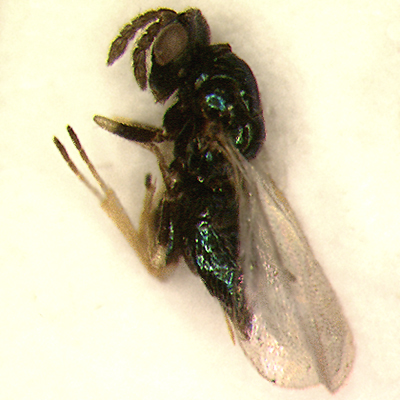 |
|||||||||||||||||||||||||||||||||||||||||||||||||||||||||||||||||||||||||||||||||||||||||||||||
|
|
Home | Open the Key | References | ||||||||||||||||||||||||||||||||||||||||||||||||||||||||||||||||||||||||||||||||||||||||||||
|
|||||||||||||||||||||||||||||||||||||||||||||||||||||||||||||||||||||||||||||||||||||||||||||||
Classification
|
|||||||||||||||||||||||||||||||||||||||||||||||||||||||||||||||||||||||||||||||||||||||||||||||
Subfamily Tribe |
Tetrastichini
|
||||||||||||||||||||||||||||||||||||||||||||||||||||||||||||||||||||||||||||||||||||||||||||||
Diagnosis
|
|||||||||||||||||||||||||||||||||||||||||||||||||||||||||||||||||||||||||||||||||||||||||||||||
|
|
||||||||||||||||||||||||||||||||||||||||||||||||||||||||||||||||||||||||||||||||||||||||||||||
| |
|||||||||||||||||||||||||||||||||||||||||||||||||||||||||||||||||||||||||||||||||||||||||||||||
Distribution |
|||||||||||||||||||||||||||||||||||||||||||||||||||||||||||||||||||||||||||||||||||||||||||||||
|
Baryscapus is the second largest genus of Tetrastichinae subfamily. Species of this genus were recorded in all the continents (Noyes, 2001); however, they are far more common in the Holarctic Region. |
|||||||||||||||||||||||||||||||||||||||||||||||||||||||||||||||||||||||||||||||||||||||||||||||
| |
|||||||||||||||||||||||||||||||||||||||||||||||||||||||||||||||||||||||||||||||||||||||||||||||
Biology |
|||||||||||||||||||||||||||||||||||||||||||||||||||||||||||||||||||||||||||||||||||||||||||||||
|
The species of this genus are mainly endoparasitoids (usually gregarious) of Lepidoptera, and occasionally of Coleoptera, Diptera and Hymenoptera, rarely of Neuroptera and Coccoidea. Many Baryscapus species are hyperparasitoids of Ichneumonidae, Braconidae, Cynipoidee and Chalcidoidea (Graham, 1991; La Salle, 1994). |
|||||||||||||||||||||||||||||||||||||||||||||||||||||||||||||||||||||||||||||||||||||||||||||||
| |
|||||||||||||||||||||||||||||||||||||||||||||||||||||||||||||||||||||||||||||||||||||||||||||||
| |
|||||||||||||||||||||||||||||||||||||||||||||||||||||||||||||||||||||||||||||||||||||||||||||||
Comments |
|||||||||||||||||||||||||||||||||||||||||||||||||||||||||||||||||||||||||||||||||||||||||||||||
|
Baryscapus belongs to the subfamily
of Tetrastichinae by having
female funicle 3- and male 4-segmented, notauli complete, ventral
plaque on male scape and postmarginal vein reduced.
This genus has been treated as Eutetrastichus by Graham (1987), but La Salle and Graham (1990) subsequently redefined Baryscapus, synonymizing Eutetrastichus, Thriposoma and Tetrastichopsis with it. European species were revised by Graham (1991). Baryscapus may be particularly confused with Aprostocetus and Minotetrastichus. From Aprostocetus, it can be distinguished by having the whole rim of the propodeal spiracle exposed and by having the cercal setae approximately equal in length (raised lobe of the callus partially covering the outer rim of the spiracle and the cercal setae are not subequal with one distinctly longer and sinuate in Aprostocetus). From Minotetrastichus it may particularly be distinguished by not having yellow coloration and by having 3 or more setae on callus (Graham, 1991; La Salle, 1994; Schauff et al., 1998). |
|||||||||||||||||||||||||||||||||||||||||||||||||||||||||||||||||||||||||||||||||||||||||||||||

